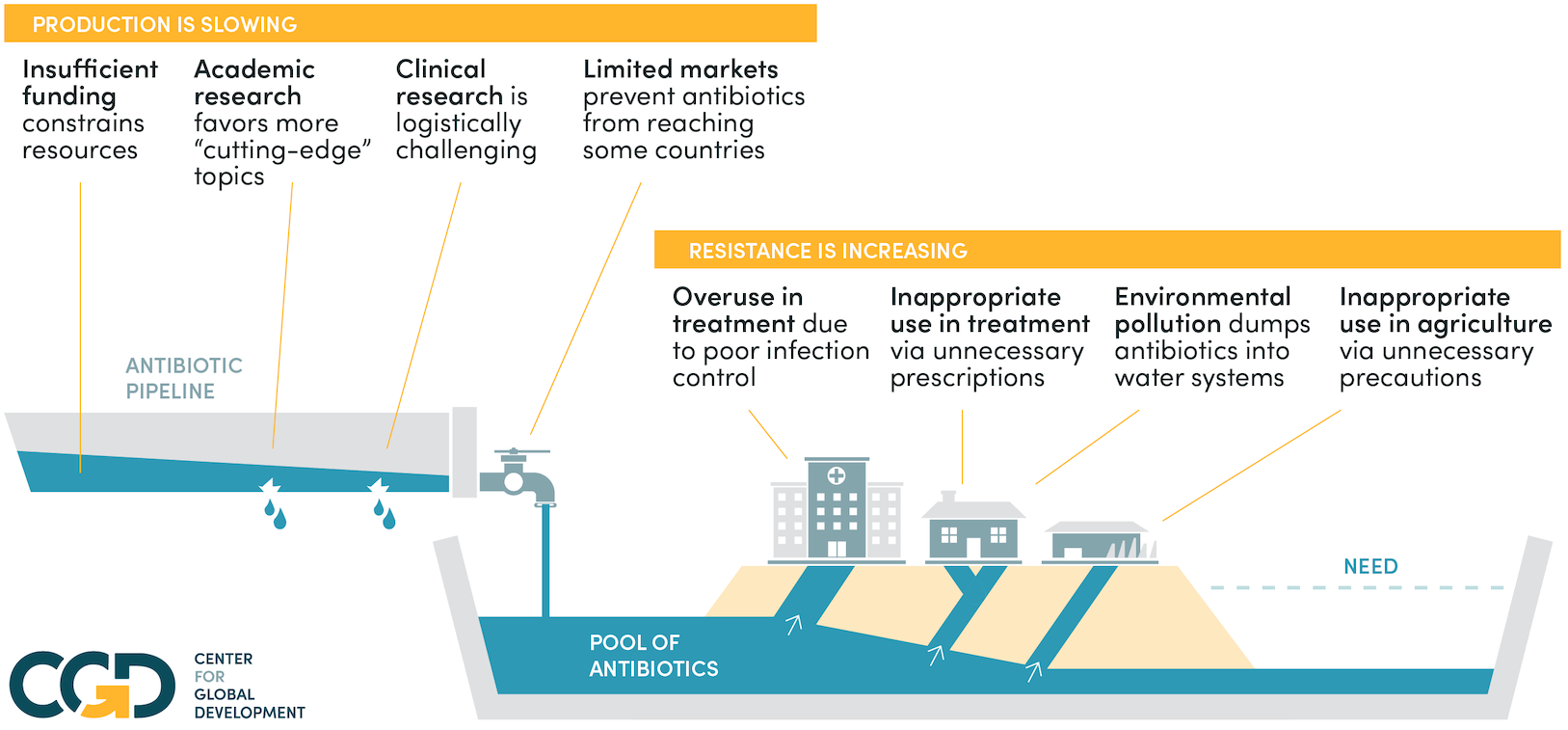April 13, 2009
The Gates Foundation and the Government of China recently announced a partnership to fight TB in China that is so multi-dimensional (a scaled-up diagonal health program) and so audacious (more so than the malaria eradication target proclaimed by the Gates’ two years ago) that it just might work! The Gates Foundation is putting $33 million on the table, and the Chinese are promising to change the way they deal with TB as part of their $130 billion health care initiative.It’s a good thing, too, as China has the second highest number of resistant-TB cases in the world. That’s the expensive kind of TB; the kind that is almost impossible to cure and equally as difficult to afford. The bill for China to treat its roughly 100,000 cases of resistant TB with 2nd line drugs would approach $350 million. Yes, that’s $3500 per case – more than Switzerland spends on health per capita! Compare that to $2 million to treat the same number of people with the standard TB regime and you could understand how quickly a drug-resistant strain of an infectious disease can overwhelm even a capable health care system such as China’s.WHO Director-General Margaret Chan recently linked drug resistance to the economic crisis. In a speech in Berlin on March 18, she said,
"Dire consequences can also be contagious. Interruptions in the supply of drugs, especially for diseases like AIDS, TB, and malaria, contribute to preventable deaths in high numbers. Such interruptions also accelerate the development of drug resistance. Drug-resistant forms of disease can quickly spread internationally. We are seeing this, right now, with the rise of multi-drug resistant TB, and the even more alarming rise of extensively-drug resistant TB. This form of the disease is virtually impossible to treat, with fatality rates approaching 100%. Its further international spread could take us back to the treatment era that pre-dates the development of antibiotics. Can the world really afford another risk of this magnitude?"The approach of the Gates-Chinese Government partnership is a clever one. It avoids the hard choice currently splitting the TB community between a focus on “ordinary” TB and resistant TB by working hard at resistance prevention rather than just expanding 1st line treatment; it includes careful attention to incentives, including improving the payments to community health care workers who monitor patient treatment adherence; and it takes advantage of China’s strength in surveillance and health information management by using e-health to convey patient information that might indicate resistance at an earlier stage than currently happens.It’s also optimistic. The plan relies on at least three non-existent or unproven technologies: a new 1st line TB drug (not yet developed), a new rapid diagnostic test that is 98 percent accurate (still being tested), and newly available fixed-dose combinations that can replace the medley of pills currently required to treat the disease. And then there’s the dream of a vaccine. The Gates Foundation is betting the bank on these technologies, and one can only hope that it’s a more sound investment than the rest of our banking system.That’s why the Chinese Government part of this partnership is so important. New technology quickly becomes useless technology if it is introduced into a health system that uses it inappropriately, or not at all. That fate has befallen many drugs designed to treat malaria, TB, and other infections due to resistance emergence. The Chinese Health Ministry is rightly looking for ways to improve how patients and providers use drugs and diagnostics, by making combination drugs cheaper and more easily available, and by monitoring patient adherence among those most likely to have problems. And see Steven Levitt’s description of one new technology that helps monitor TB patient drug adherence in his Freakonomics blog.In addition to encouraging these and other health systems and behavioral changes, the most important step the Chinese Government and the Gates Foundation can take is to create a greater awareness of how quickly and dramatically drug resistance can undermine investments in new technology and disease eradication. Joining efforts by WHO’s Dr. Chan and others, momentum is building to deal aggressively and comprehensively with drug resistance.This new Gates-China program for TB treatment will start with a “pilot” phase of 20 million people. After five years, it will be available to 100 million people in China, if successful in the initial phase. Let’s hope that the experimentation and learning this partnership entails will be shared very widely as soon as possible. Five years is a long time for TB patients to wait.If you are interested in the global problem of drug resistance and what can be done about it, please see the Center for Global Development’s Drug Resistance Working Group and sign up for the monthly newsletter.
Disclaimer
CGD blog posts reflect the views of the authors, drawing on prior research and experience in their areas of expertise. CGD is a nonpartisan, independent organization and does not take institutional positions.





